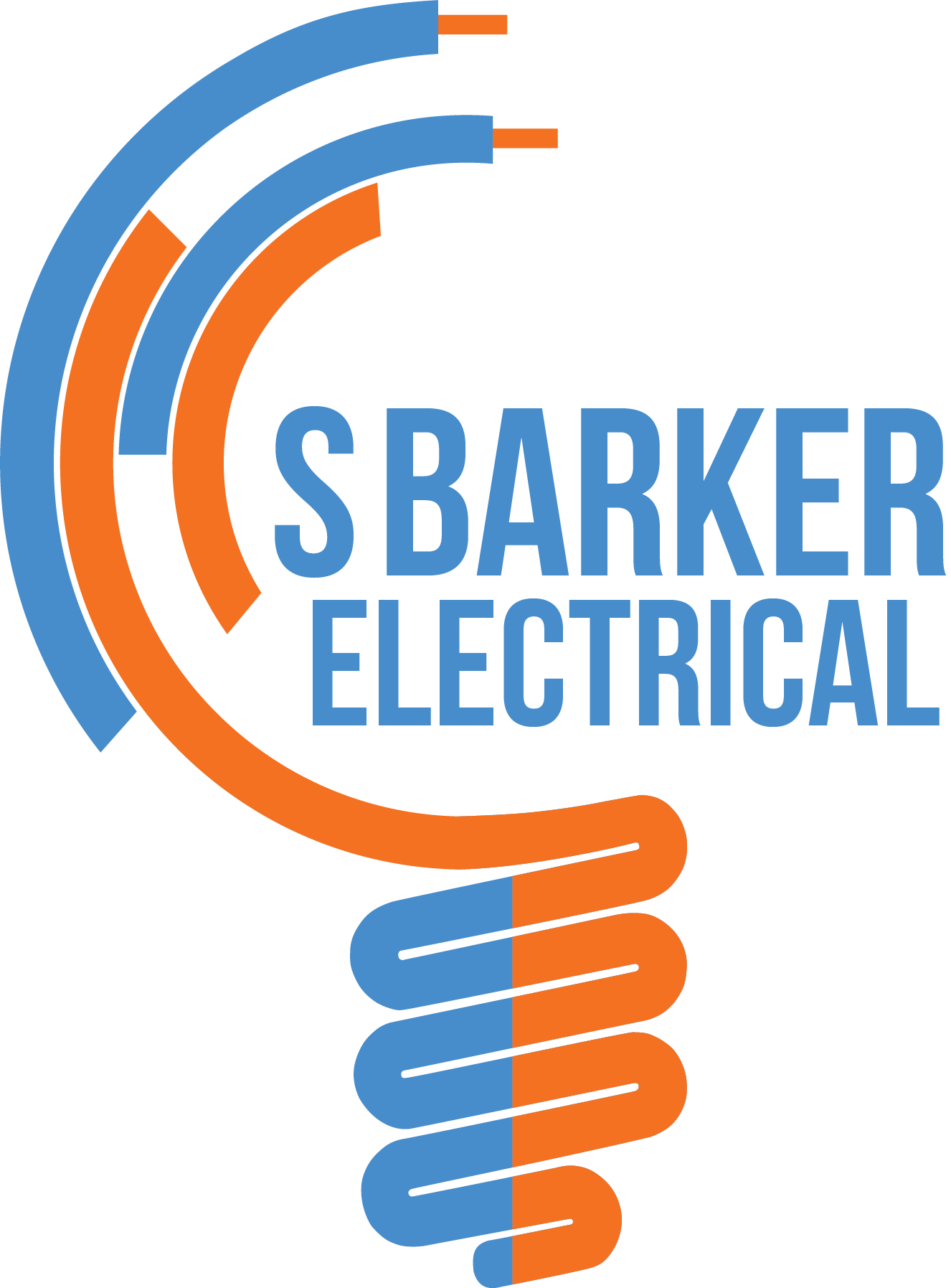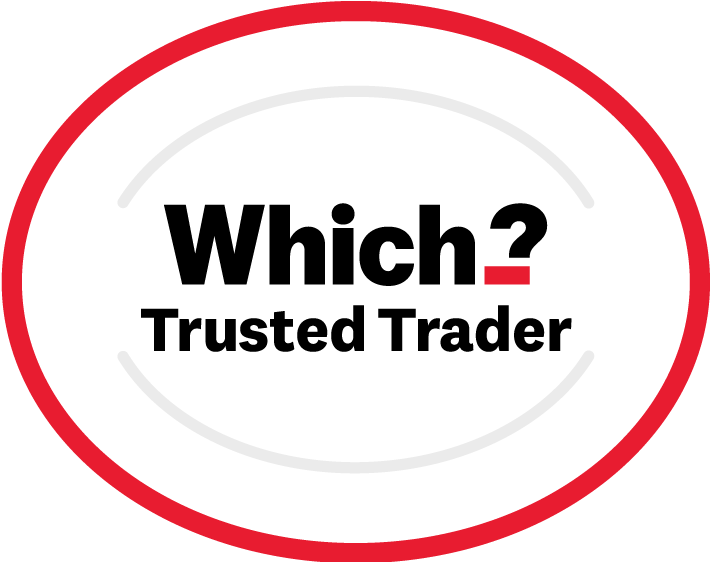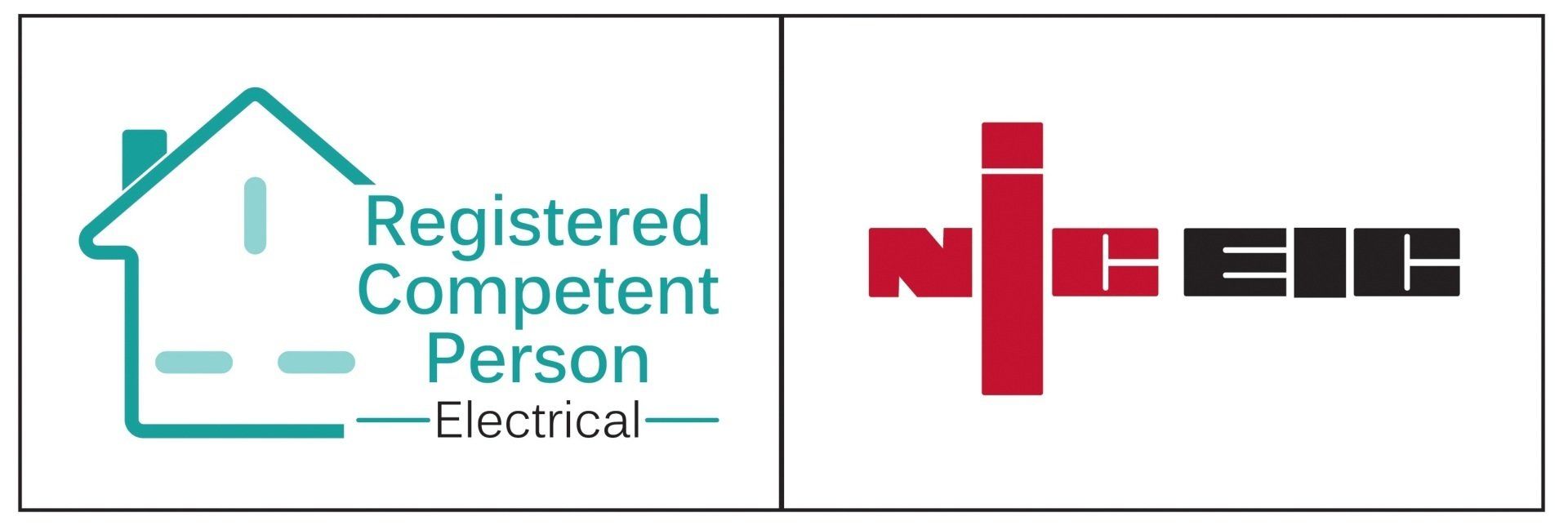Electrical Safety FAQ – Sheffield Homeowners & Home Movers
-
What is an EICR?
An EICR, or Electrical Installation Condition Report, is a formal document that assesses the safety of a property's electrical systems.
At S Barker Electrical Ltd we inspect and test the wiring, sockets, and fuseboard or consumer unit to identify any potential hazards and issues.
The report will state if the installation is "satisfactory" or "unsatisfactory" and detail any required remedial actions, which are graded by severity. See the C1, C2 and C3 FAQ below.
Landlords are legally required to have an EICR every five years, while homeowners are recommended to get one every 10 years.
Also Commercial and Industrial Units, Offices and Factories require this to keep their insurer happy and to keep the place of work safet for employees as per HSAW Act 1974.
To see more about EICRs, see here:
https://www.sbarker.co.uk/electrical-inspections-eicr-sheffield
-
How long does an electrical certificate take?
Traditionally an EICR could take half a day. But not for those that adopt the tools and technology as follows ...
Speeding up the process of an EICR includes:
- Tools to open accessories faster (Fuseboard, Sockets, Lights, Switches)
- A detailed plan of work that is given to the customer beforehand (so they know what to expect and can help clear spaces, etc)
- Software to work faster through the report details, rather than slower pen and paper methods
- AI to convert board photo into circuit details
- AI to add Observations at speed
This means that for those that adopt the tools and technology, EICRs are carried out faster, neater and higher quality of detail.
So many jobs now will take around 90 minute to 2.5 hours, if these tools are utilised.
An additional benefit that we have at S Barker Electrical Ltd is that we are aware that many people work from home and rely on WiFi. For this reason we carry a portable battery unit that keeps your router powered the entire time.
-
How much is a fuseboard upgrade in Sheffield?
Fuseboard upgrades start at £595+VAT for your main board of up to 10 Ways.
It's important to note that shed and garage boards are smaller with only 2 ways and these come under the category of Garage Unit. These cost significantly less, but we assume here that you are refering to the main fuseboard or distribution board in the house.
If you want a larger board with 15 ways then these are typically an additional £100+VAT or more, depending on exact requirements and specification.
We also change Commercial and Industrial 3 phase distribution boards too.
See more information on Fuseboards here:
-
How do I know if my wiring is safe before buying a house?
To know if the wiring in a house is safe, you should hire a qualified electrician to perform an Electrical Installation Condition Report (EICR).
You can also look for any obvious visual signs of old or unsafe wiring, such as a outdated fuse box, two-pronged outlets, flickering lights, and discolored or warm outlets.
A House Survey will possibly note any obvious visual issues but will also include a comment that they recommend an Electrician to carry out a full EICR. Solicitors do not always pass on this information but check the Survey carefully and you will likely see this mentioned.
See more information on EICRs here:
https://www.sbarker.co.uk/electrical-inspections-eicr-sheffield
-
What are C1, C2, C3 codes?
An Electrical Installation Condition Report (EICR) will have on overall outcome of Satifactory or Unsatisfactory.
If may also list some observations which are individually coded as either C1, C2 or C3.
This relates to the severity of each observations.
C1 is the most serious and refers to an immediate danger. An example might be exposed live parts that can be touched.
C2 is something that is potentially dangerous in the event of a fault. For example if you use a socket outside and that socket does not have RCD protection, then that could be dangerous if a fault occured (example cutting through a lawn mower cable with an old fashioned metal frame lawn mower).
C3 is where the observation is not dangerous or potentially dangerous, but where it is recommended that is improved. This is usually when a regulation change has occured since the time that the installation was installed. An example being that older "plastic" fuseboards should ideally be replaced with a metal (or "non-combustible") type of fuseboard. There's no immediate danger but it would improve the safety overall and meet the latest regulations by changing it.
See more information on Electrical Installation Condition Reports (EICRs) here:
https://www.sbarker.co.uk/electrical-inspections-eicr-sheffield





